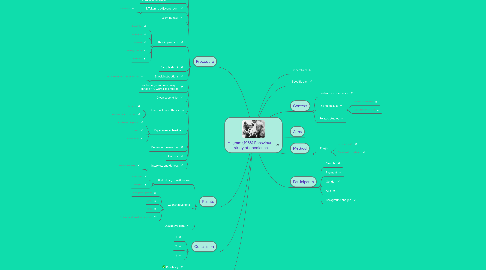Milgram (1963) Behavioural study of obedience
Lindsay Roundにより


1. Procedure
1.1. Location
1.1.1. This adds to the
1.2. The experimenter
1.2.1. His manner and appearance
1.3. The victim
1.3.1. Manner
1.4. 1. Participants were told the study was about
1.5. 2. Participant and the stooge drew slips of paper
1.6. 3. Taken to adjacent room
1.6.1. The reasons
1.7. Learning task
1.8. Shock generator
1.8.1. Min and Max
1.8.2. Increments
1.8.3. Labelled
1.8.4. Pressing a switch
1.8.5. Engraving
1.9. Sample shock
1.10. Shock instructions
1.10.1. Told to announce the shock each time
1.11. teacher is given preliminary series of 10 words as practice
1.12. Given second list
1.13. Feedback from the victim
1.13.1. Answers
1.13.2. Vocal responses or protest
1.14. Experimenter feedback
1.14.1. Standardised responses
1.14.2. Prods
1.14.3. Special prods
1.15. Dependent measures
1.16. Records
1.17. Interview and dehoax
1.17.1. To ensure well being
2. Resuts
2.1. Preliminary questionaires
2.1.1. 14 Yale seniors
2.1.2. Colleagues
2.2. Quantitative data
2.2.1. average voltage given
2.2.2. 300V
2.2.3. 450V
2.2.4. Participants ratings of pain of shocks
2.3. Qualitative data
3. Conclusion
3.1. 1
3.2. 2
3.3. 3
4. Evaluation
4.1. Reliability
4.2. Establishing cause and effect
4.3. Ecological validity
4.4. Mundane realism
4.5. Usefulness
4.6. Ethics
4.6.1. Ethics
5. General aim
6. Specific aim
7. Context
7.1. Destructive obedience
7.2. The Holocaust
7.2.1. Situational hypothesis
7.2.2. Dispositional hypothesis
7.3. Related studies
8. Aims
9. Method
9.1. Design
9.1.1. Lab experiment?
9.1.2. Operationalising variables
